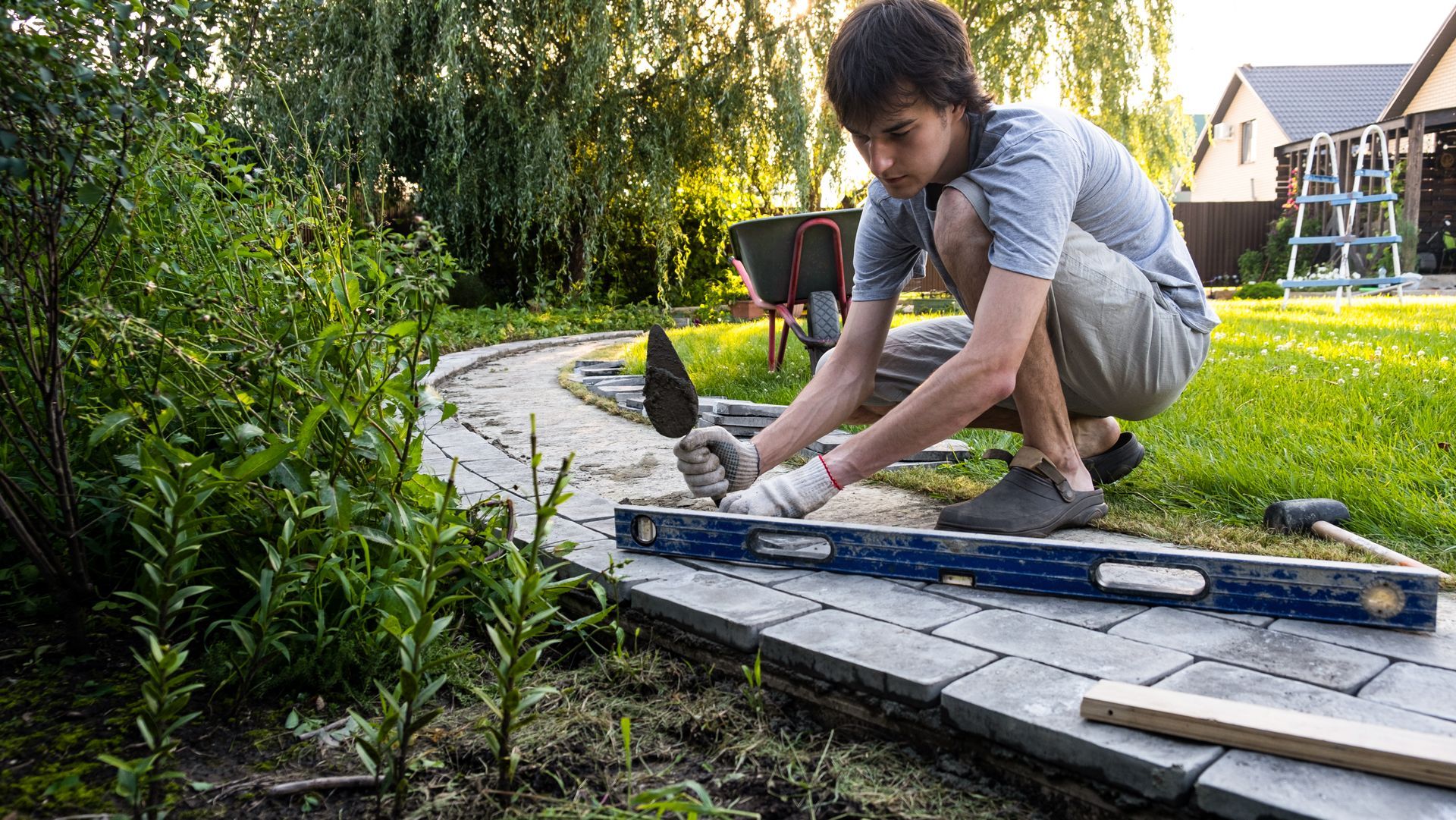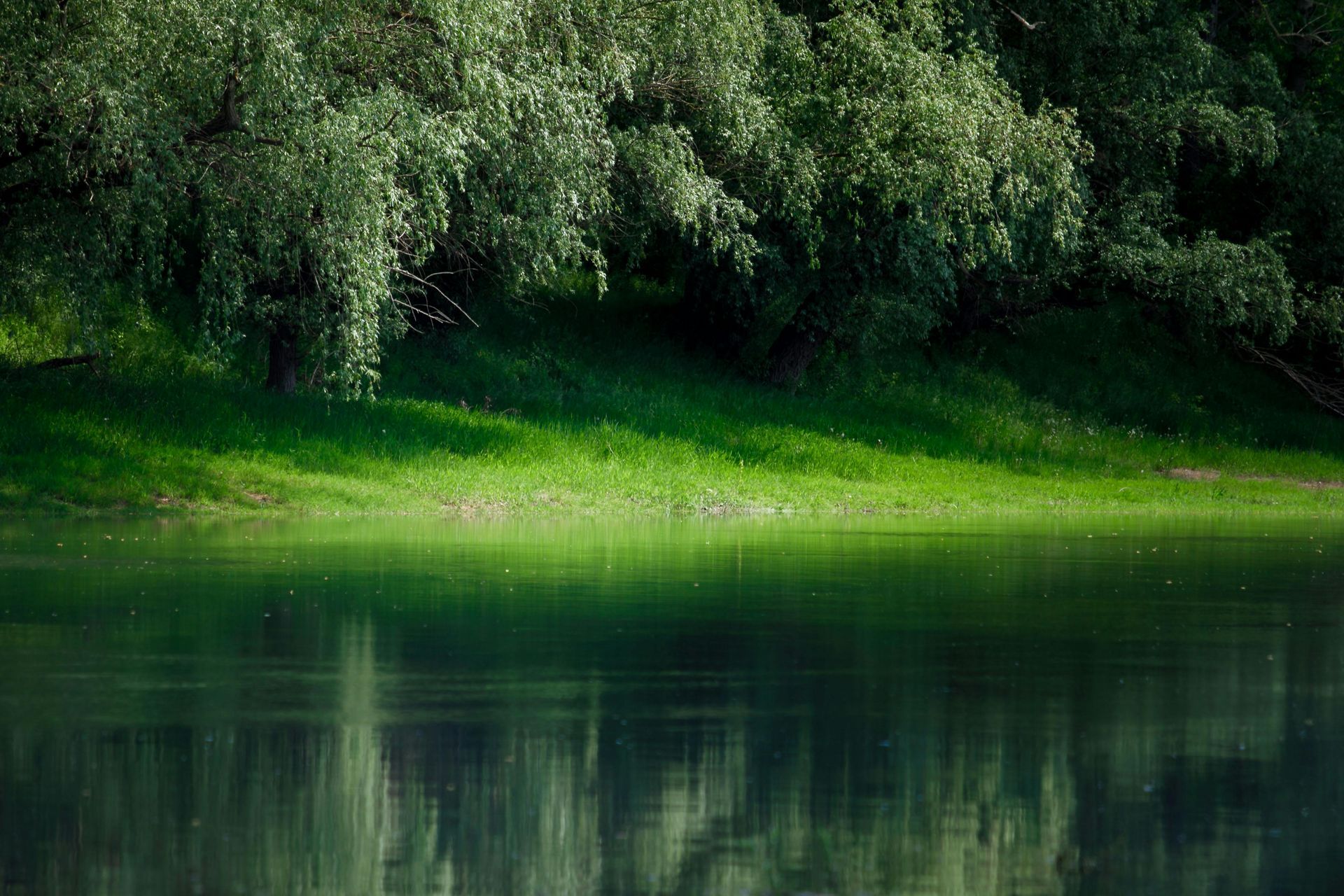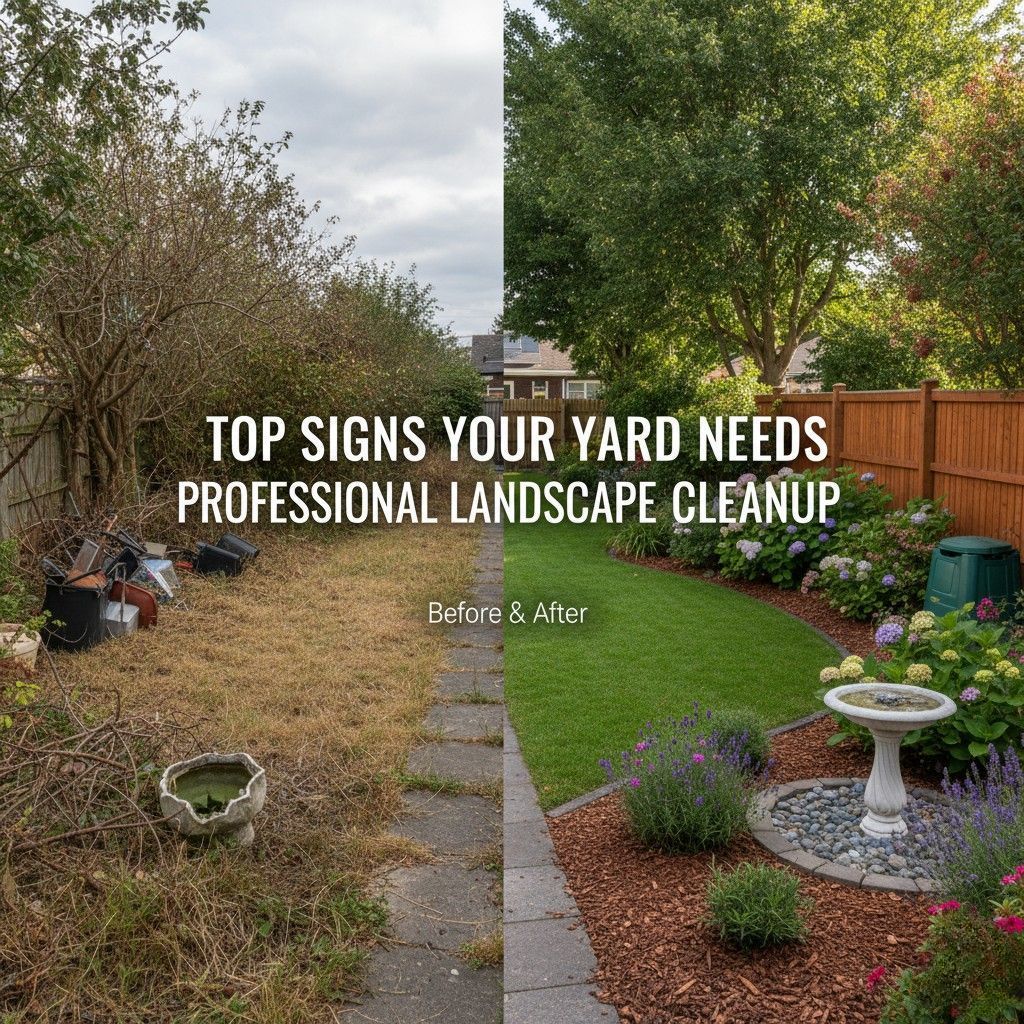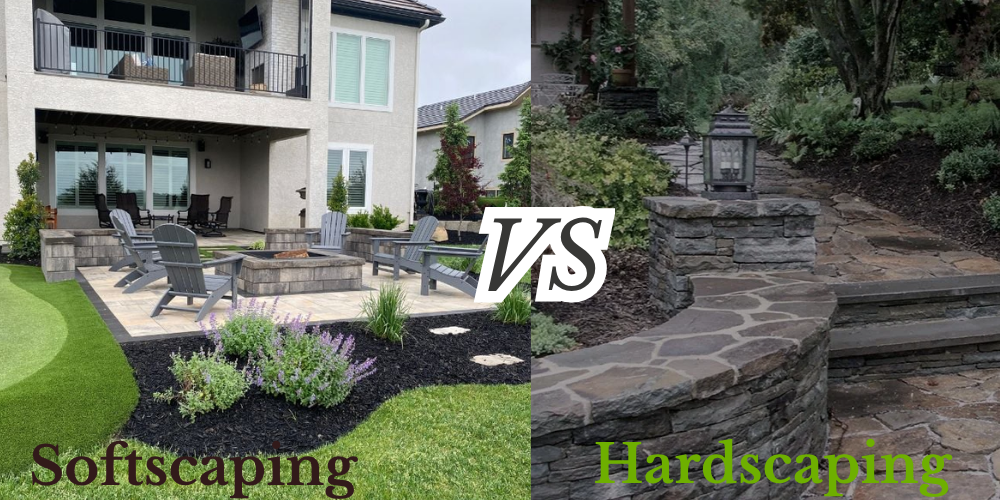What is Landscaping? 21 Powerful Reasons It Matters
Landscaping isn't just about trimming hedges or planting flowers—it's a transformative art and science that enhances outdoor spaces for beauty, function, and sustainability. But what is landscaping exactly? If you've ever admired a well-designed garden or a serene backyard, you've already experienced the magic of landscaping.
Whether you're a homeowner, property manager, or nature lover, understanding the fundamentals and benefits of landscaping can inspire you to see your green spaces in a whole new light. From increasing property value to promoting mental health, the power of landscaping is far-reaching.
Let’s dive into the roots, techniques, and transformative potential of this green-thumb profession.
What is Landscaping?
At its core, landscaping is the process of modifying the visible features of an outdoor area. It includes both living elements like plants and trees (softscape) and non-living elements like pathways, walls, or water features (hardscape). Landscaping combines horticulture, architecture, and environmental psychology to shape outdoor environments that are both functional and aesthetically pleasing.
It’s not just gardening—it’s the deliberate planning and design of space to achieve harmony between nature and structure.
The History and Evolution of Landscaping
Landscaping dates back to ancient civilizations like Egypt, Persia, and China, where early gardens were created for leisure, religious practices, and status. From European formal gardens to Japanese Zen spaces, landscaping has always reflected cultural values and philosophies.
Fast forward to modern times, landscaping has evolved with sustainability, urban planning, and modern aesthetics playing vital roles.
Types of Landscaping
Landscaping is as diverse as nature itself. Depending on climate, purpose, and personal style, here are some popular forms:
- Residential Landscaping: Tailored for private homes with gardens, patios, lawns, and decorative plants.
- Commercial Landscaping: Designed for businesses, corporate buildings, and public areas, focusing on curb appeal and functionality.
- Hardscaping: Use of non-plant materials like stone, concrete, bricks, and wood for patios, walls, and paths.
- Softscaping: All plant-based elements such as lawns, shrubs, flowers, and trees.
- Xeriscaping: Eco-friendly landscaping that reduces or eliminates the need for irrigation, perfect for arid regions.
- Tropical Landscaping: Lush, vibrant themes using palms, ferns, and bold flowers for exotic aesthetics.
Landscaping and Sustainability
Today’s landscaping is increasingly eco-conscious. Concepts like xeriscaping, native plantings, and rain gardens prioritize minimal water usage, energy conservation, and biodiversity.
How Landscaping Increases Property Value
Real estate experts agree: first impressions matter. A well-landscaped home can increase its perceived value, attracting buyers more quickly and commanding higher prices.
Incorporating simple upgrades like fresh mulch, seasonal flowers, or a manicured lawn can offer up to a 200% return on investment in some cases.
Landscaping for Small Spaces
Even a compact space can be a green oasis. Here’s how:
- Use vertical gardening
- Add container plants
- Create a focal point with a mini water feature
- Opt for multi-functional furniture
- Install hanging baskets
Creativity is key—less space doesn’t mean less impact.
What is Landscaping in Urban Areas?
Urban landscaping tackles the challenge of greening densely populated areas. Think rooftop gardens, green walls, public parks, and traffic islands designed for beauty and air purification.
Urban landscaping promotes community wellness and combats urban heat.
Landscaping and Mental Health
Numerous studies show that green spaces reduce anxiety, improve focus, and elevate mood. Simply sitting in a landscaped garden can lower stress levels and even enhance memory retention.
So yes, a beautifully landscaped backyard might just be your mental health retreat.
How Often Should You Landscape?
While major redesigns may happen every 5-10 years, maintenance is ongoing:
- Weekly: Mowing, watering, deadheading
- Seasonally: Mulching, planting, pruning
- Annually: Soil testing, fertilizing, major upgrades
Consistent upkeep ensures long-term beauty and health.
Best Plants for Landscaping
Depending on your region and preferences, consider:
- Perennials: Lavender, daylilies, hostas
- Shrubs: Boxwood, hydrangeas, azaleas
- Trees: Japanese maple, dogwood, magnolia
- Groundcovers: Ivy, creeping thyme, moss
Always choose plants suited to your climate and soil type.
Landscaping for Climate Control
Strategically placed trees and shrubs can block wind, provide shade, and reduce heating and cooling costs. Green spaces also combat urban heat, making landscaping an energy-smart move.
Landscaping and Wildlife
Thoughtful landscaping can support pollinators, birds, and small wildlife. Use native plants, install bird baths, and avoid pesticides to make your yard a thriving habitat.
Landscape vs. Landscaping
It’s easy to get the terms confused. A landscape refers to the physical space itself—the garden, the park, the courtyard. Landscaping, on the other hand, is the action or process of shaping that space. Think of it this way: the landscape is the canvas, and landscaping is the brushstroke.
Understanding this distinction is key, especially for homeowners or property developers looking to enhance their outdoor aesthetics. Good landscaping can elevate even the most uninspiring terrain.
Landscaping and Curb Appeal
Your home's exterior is the first impression it gives—landscaping makes sure it's a good one. Real estate agents often emphasize the importance of curb appeal, and rightly so. A clean, well-designed landscape can increase your property value by up to 15%, according to multiple housing studies.
A freshly mulched garden, a symmetrical row of shrubs, or a creatively lit pathway can transform an average home into an elegant haven. Buyers are drawn to homes that reflect care and creativity from the outside.
So, What is Landscaping
So, what is landscaping? It's the artful and scientific transformation of outdoor spaces, tailored to enhance beauty, functionality, and sustainability. It involves a strategic blend of living and non-living elements, designed with an eye toward nature, architecture, and lifestyle needs.
Whether you're looking to boost curb appeal, create a peaceful backyard oasis, or support the local ecosystem, landscaping offers endless possibilities for growth—literally and figuratively.
FAQs
What is landscaping in simple terms?
Landscaping is the art and science of designing and maintaining outdoor spaces using plants, structures, and natural elements.
What is the difference between landscaping and gardening?
Gardening focuses on plant cultivation, while landscaping includes both plants and structural elements like patios, pathways, and lighting.
How much does professional landscaping cost?
Costs vary based on size, materials, and design complexity, ranging from a few hundred to several thousand dollars.
Is landscaping good for the environment?
Yes, especially when it includes native plants, efficient irrigation, and eco-friendly practices.
Can I do landscaping myself?
Yes, many homeowners DIY landscaping, but complex designs benefit from professional help.
What are the latest landscaping trends?
Trends include edible gardens, native plants, outdoor living rooms, and sustainable features like rain gardens.





